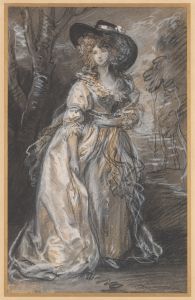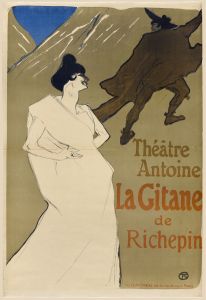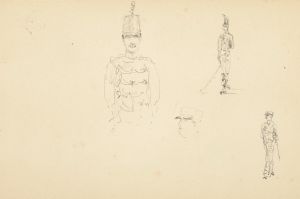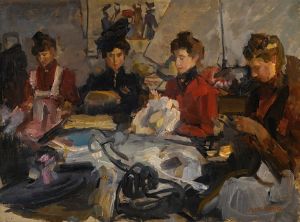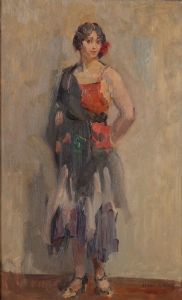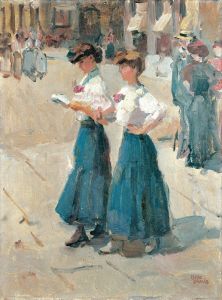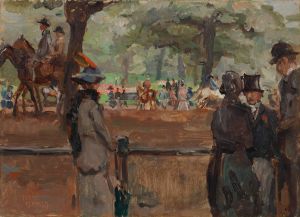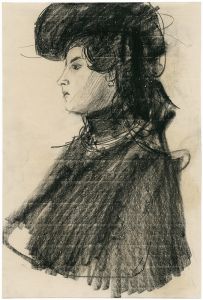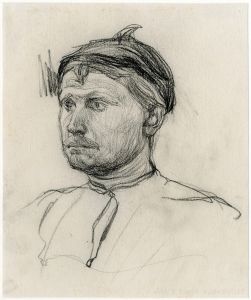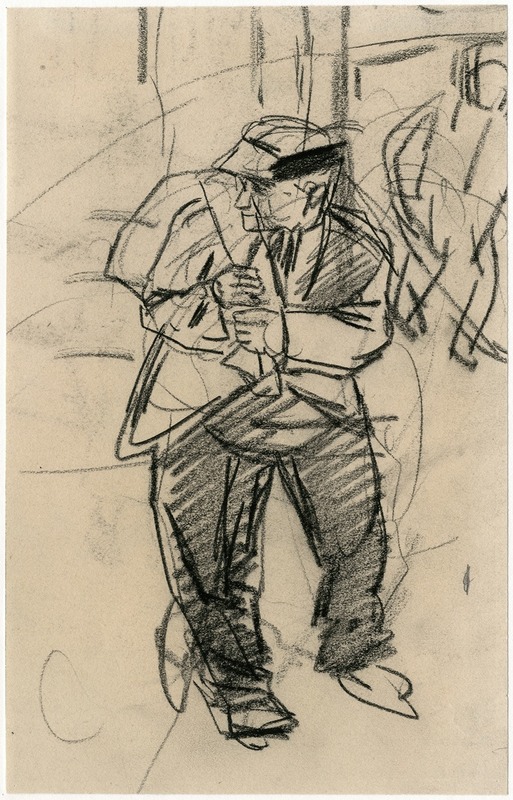
Man met zak over schouder
A hand-painted replica of Isaac Israëls’s masterpiece Man met zak over schouder, meticulously crafted by professional artists to capture the true essence of the original. Each piece is created with museum-quality canvas and rare mineral pigments, carefully painted by experienced artists with delicate brushstrokes and rich, layered colors to perfectly recreate the texture of the original artwork. Unlike machine-printed reproductions, this hand-painted version brings the painting to life, infused with the artist’s emotions and skill in every stroke. Whether for personal collection or home decoration, it instantly elevates the artistic atmosphere of any space.
Isaac Israëls (1865–1934) was a prominent Dutch painter associated with the Amsterdam Impressionism movement, known for his dynamic brushwork and depictions of urban life, leisure scenes, and everyday people. One of his works, Man met zak over schouder (translated as Man with Bag over Shoulder), exemplifies his ability to capture fleeting moments and the essence of human activity.
The painting portrays a man carrying a bag slung over his shoulder, depicted in a loose, impressionistic style characteristic of Israëls' work. The figure is rendered with quick, fluid brushstrokes, emphasizing movement and spontaneity rather than precise detail. This approach aligns with Israëls' broader artistic philosophy, which sought to convey the vitality and immediacy of modern life. The background is typically understated, allowing the focus to remain on the central figure and the action being depicted.
Isaac Israëls was the son of Jozef Israëls, a leading figure of the Hague School, but he developed his own distinct style, influenced by French Impressionism and his experiences in cities like Amsterdam, Paris, and London. His works often reflect the bustling energy of urban environments and the diverse individuals who inhabit them. While Man met zak over schouder is not among his most famous works, it is representative of his interest in ordinary people and their daily activities.
The exact date of the painting is not documented, but it likely falls within the late 19th or early 20th century, during the height of Israëls' career. The subject matter and execution suggest it was created during a period when Israëls was deeply engaged with capturing the rhythms of modern life. The painting is an example of his ability to elevate seemingly mundane moments into compelling works of art.
As with many of Israëls' works, Man met zak over schouder reflects his mastery of light and shadow, as well as his skill in using color to evoke mood and atmosphere. The painting's simplicity and focus on the human figure make it a poignant example of his artistic vision.
Further details about the painting's current location, provenance, or exhibition history are not readily available. However, it remains an important piece within the broader context of Isaac Israëls' oeuvre, illustrating his contribution to Dutch Impressionism and his enduring interest in the human experience.






